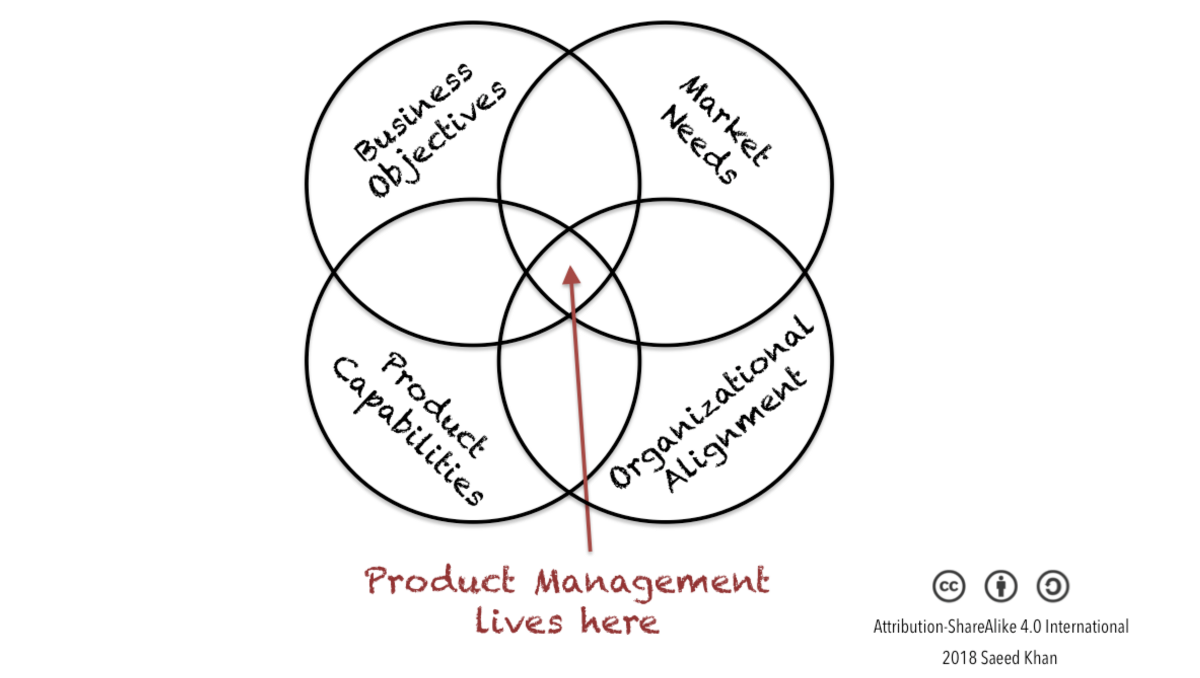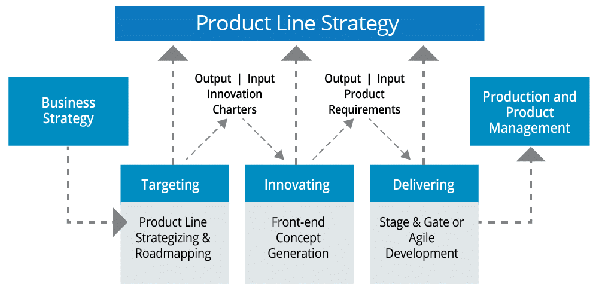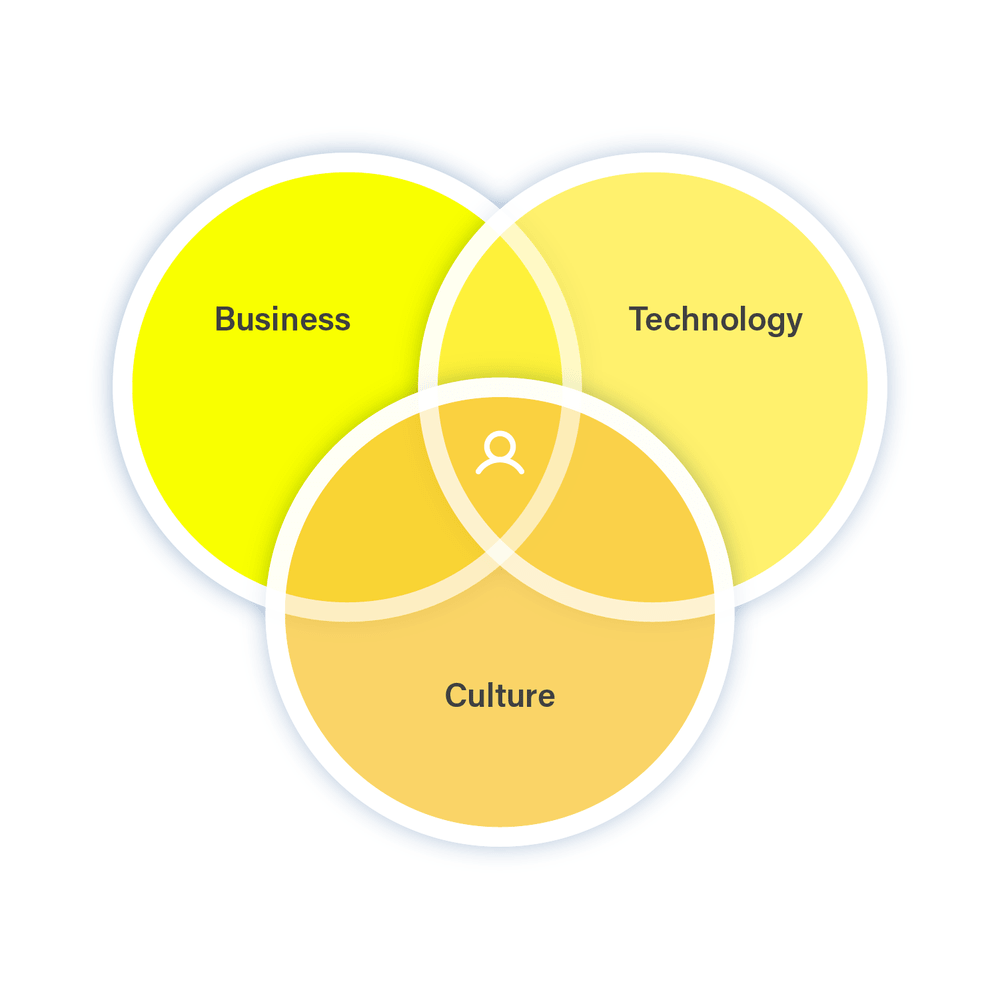
Effective product management is driven by a customer-centric mindset. The customer is placed at the center of every decision.
Supported by tools and techniques such as design thinking, this mindset focuses the entire organization on creating desirable, viable, feasible, and sustainable solutions.
Good product managers balance customer needs, adequate technologies, product delivery, and governance or legal constraints.
They shall master project management approaches, financing mechanisms and collaborator nurturing.


